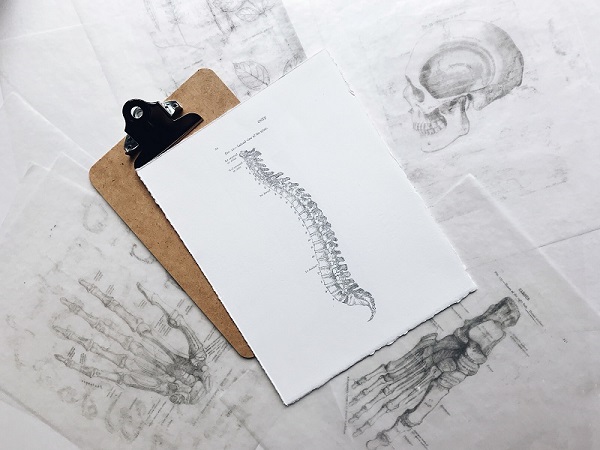Can hypnosis help manage pain?
History and Research
Hypnosis has been used as a therapeutic tool as far back as the Greeks and Egyptians. Even the Vikings used their drums and chanting to evoke a relaxed concentration. By 20th Century, there is was a re-emergence of interest to use hypnosis in medical settings. Research now shows a significant reduction in ratings of pain; need for analgesics or sedation; nausea and vomiting, and reduced length of stay in hospitals. Patients also generally found lasting relief and improvement when using hypnosis techniques. In some parts of Europe, hypnosis is used to compliment minor surgery such as the extraction of teeth. Hypnosis is successfully used by pregnant women in the form of hypnobirthing. These are specific periods of pain but if you’re experiencing chronic (reoccurring) pain?
Definition of Chronic Pain
This is defined as pain that persists for longer than 6 months despite medication or treatment. This can contribute to long term physical limitations, emotional distress and affects more people than any other condition potentially leading to dependency on medication. Pain is our personal alarm system informing us of an injury. Once medical treatment has been administered (ie a plaster) the pain diminishes and the body heals. In this instance, pain is not good or bad but an important mechanism to draw our attention to prevent further injury. Chronic pain is somewhat different because even when the cause has been addressed the pain remains. How that pain is processed by our brain is influenced by previous experiences, age, emotional states, cultural upbringing and our beliefs.
The Evidence
Current evidence indicates hypnosis was generally found to be more effective than non hypnotic interventions such as attention, physical therapy, and education. This included instructions in self-hypnosis.
In my previous articles, I have explained that hypnosis is a relaxed state of concentration (like being engrossed in a chat in a bustling coffee shop. You have an awareness of other customers talking but you are focused on your conversation therefore being able to tune out everything else). In this relaxed state, you are suggestible to managing the pain better. When clients seek assistance for pain management, the learn techniques shared help to ‘tune it out’ the pain. This is achieved by teaching the brain not to focus on the pain itself but rather look to promote the production of serotonin and endorphins which are natural pain killers. It is also achieved by changing your perception of the pain so that it the severity and frequency can be reduced. Learning techniques can improve quality of life, reduce the reliance on medication and the impact of the side affects. Research indicates that hypnosis is useful with a variety of conditions including lower back pain, cancer treatment, Fibromyalgia and arthritis pain.
*You should seek medical advice before seeking hypnotherapy to ensure that any treatable medical conditions have been ruled out.
So, can hypnotherapy help me manage pain?
Hypnotherapy can also help women who are experiencing hot flashes. A study published online in the journal, Menopause, compared the effects of therapeutic hypnosis with those of a placebo treatment. The study found the frequency of hot flashes in the hypnotherapy group dropped by as much as 48% in a six week period and 56% at the 12 week mark. When compared to the placebo group, only 7% experienced a drop in hot flashes at the six week mark and 13% at the 12 week mark. Additionally, when measuring severity and frequency of hot flashes on average, 71% of the participants showed improvement in the hypnosis group. The placebo group only reported an 8% improvement. In other words, undertaking clinical hypnosis not only decreased the number of hot flashes by nearly half but also severity was significantly reduced when compared to a group who did not.




